Ever walk into a kitchen and think, “Why is this one calm, and mine feels chaotic?” I know the feeling. Japanese kitchens have a special vibe.
Their minimalism, intentionality, and craftsmanship make you want to clear out your drawers and start fresh.
If you want to bring calm and style to your kitchen without replacing your cabinets, you’re in the right spot. I’ve gathered seven amazing Japanese kitchen ideas—all focused on beautiful, functional pieces I’ve tried or love.
Let’s face it: your kitchen deserves more than plastic containers and boring knives. Let’s change that.
1. Handmade Wood Bowls (Set of 4 – 4.5″ Diameter)
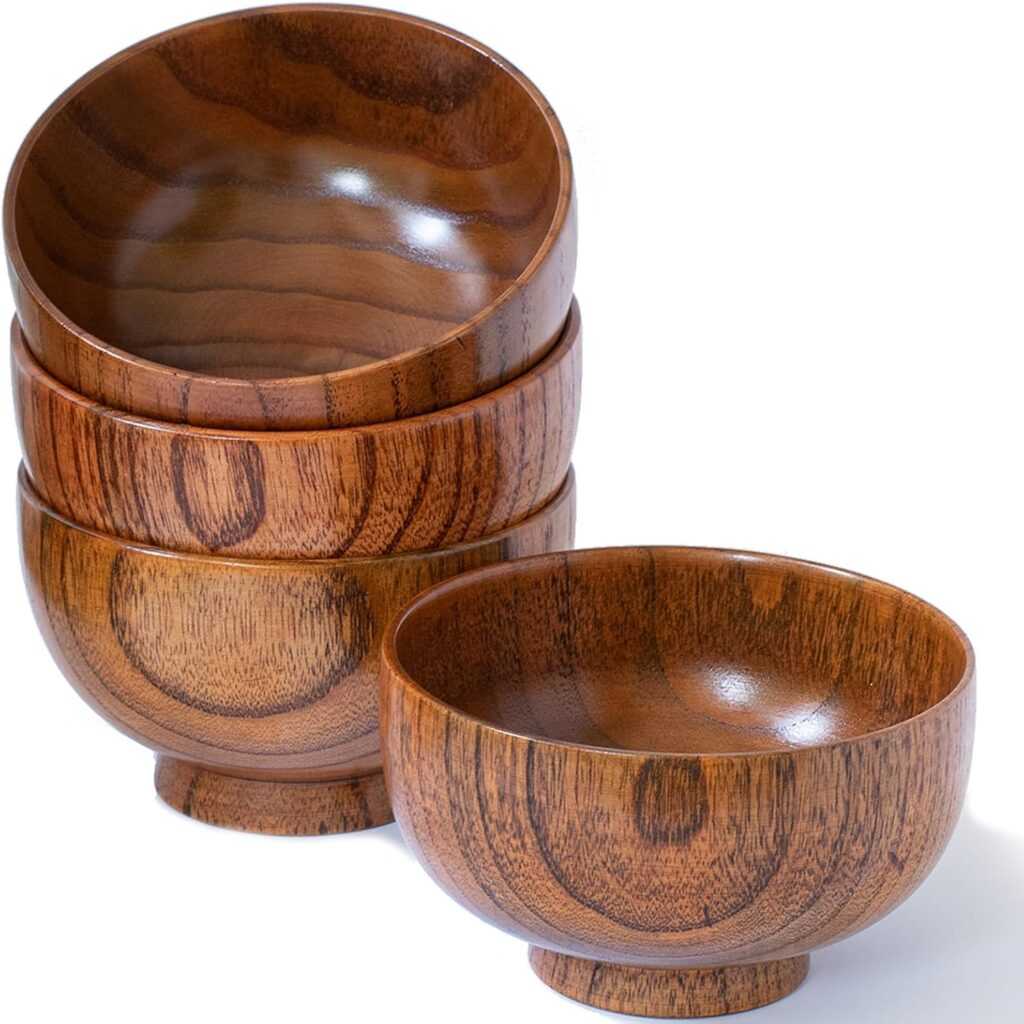
Let’s start with something deceptively simple: handmade wooden bowls. These little guys are so much more than just rice holders.
Ever had a warm bowl of miso soup in a wooden bowl? It’s like a hug for your hands. The jujube wood has this natural warmth and grain pattern that makes each bowl feel personal. Plus, they’re super versatile.
Why I Love Them:
- Multipurpose: Great for rice, dips, soups, even your morning oats.
- Decor-worthy: Leave them out on open shelves—they’re basically art.
- Durable but light: You won’t break your wrist holding one, but it feels solid.
Pro Tip: If you’re still serving soy sauce in a ramekin… these bowls are your upgrade.
2. Deep Fryer Pot (9.4″ – Stainless Steel, Tempura-Ready)
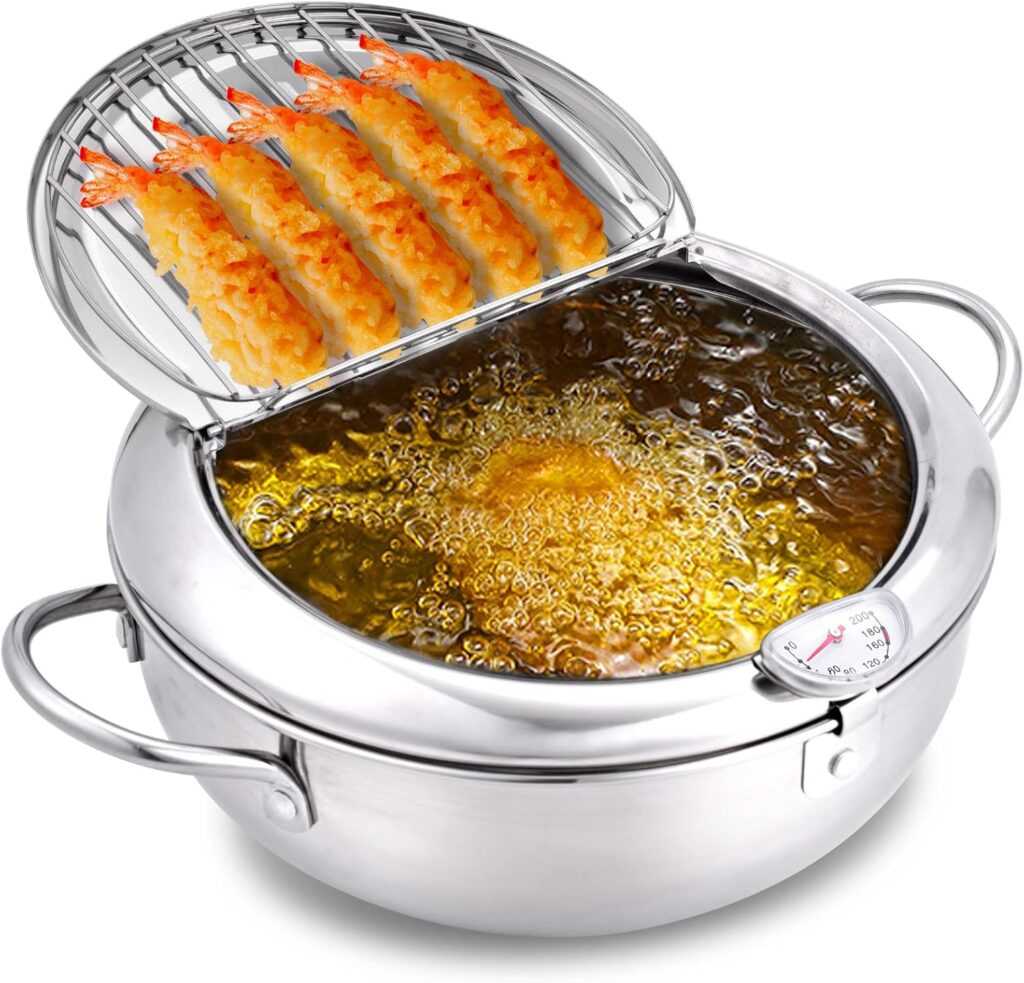
OK, let’s get real. Frying stuff at home is usually a mess, right? Oil splatters, no clue about the temperature, and your chicken comes out looking like sadness.
Enter this Japanese deep fryer pot.
What Makes It Awesome:
- Built-in thermometer (Finally! No more guessing if the oil’s hot enough).
- Oil-draining rack on the lid—because no one wants soggy tempura.
- Compact but roomy: It fits on a stove or induction cooktop, and you can still cook for 3-4 people easy.
Ever tried frying tempura shrimp in one of these? Game. Changer.
FYI: It’s so easy to clean, you might actually want to fry things more often. Dangerous, but delightful.
3. HINOKI FSC Cutting Board (Medium)
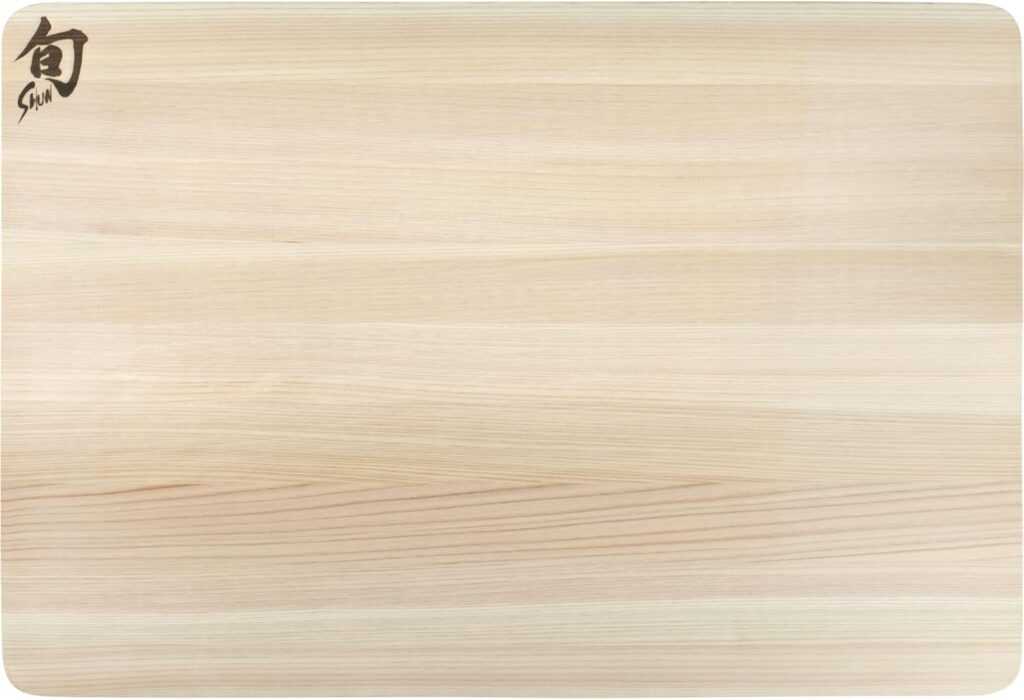
Yes, yes, a cutting board is just a board… until it’s Hinoki wood. Then it’s a sensory experience.
This board smells amazing when you first get it—like fresh cedar and forest magic. But beyond that, it’s gentle on your knives and tough on your veggies.
Here’s the Deal:
- FSC-certified Hinoki wood: So it’s eco-friendly and sourced responsibly.
- Naturally antibacterial: You’re not chopping garlic on a science experiment.
- Soft yet durable surface: Keeps your knives sharper longer.
I use mine not just for chopping but also as a serving board when friends are over. It’s a flex, trust me.
4. Ofat Home Design Japanese Ink Cat Noren (Door Curtain)
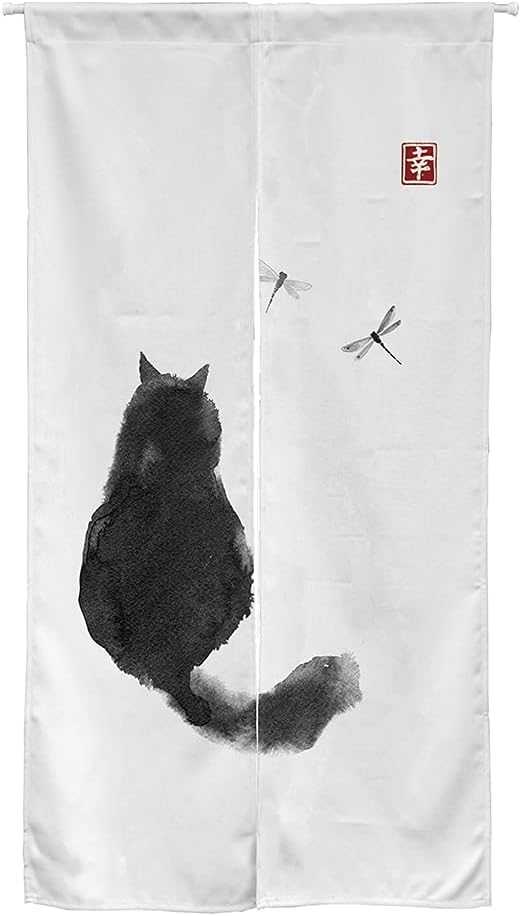
This might seem like a curveball, but hear me out. Japanese kitchens don’t just focus on function—they’re all about ambience. And this noren curtain? Instant atmosphere.
I hung this black-and-white ink cat curtain between my kitchen and hallway, and suddenly, it felt like I was walking into a cozy Tokyo ramen joint.
Why It Works:
- Polyester blend that hangs beautifully.
- Perfect size (33.5″ x 59″) for doorways or wall hangings.
- Traditional, artsy, and just plain cool.
Also, can we talk about the cats? They’re subtle enough to be classy, but quirky enough to get compliments every time someone visits.
5. Yamako Pokkan Tea Canister (200g – Wave Pattern)
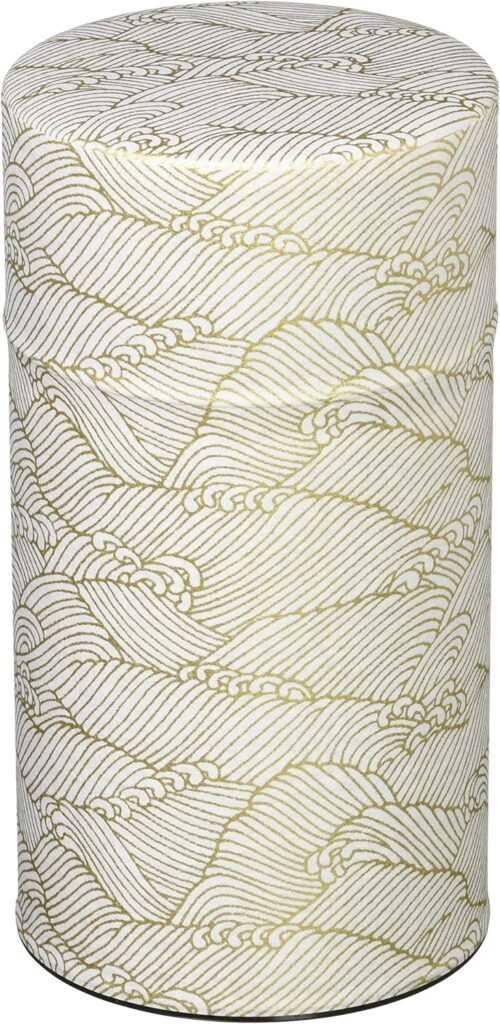
Alright, tea lovers, this one’s for you. I didn’t think I needed a tea canister until I bought this one. And now? I low-key judge people who keep tea in bags or sad plastic containers.
This airtight canister keeps your loose-leaf tea fresh and fragrant, plus it has serious design chops.
Features You’ll Appreciate:
- Double lid for max freshness.
- Holds up to 200g of tea (or coffee, sugar, herbs—whatever).
- Traditional wave pattern that’s just… satisfying to look at.
And yes, I’ve used it for matcha powder, too. No regrets.
6. Banko Ware Ginpo Hanamishima Earthenware Pot (Size 9 – Serves 4-5)
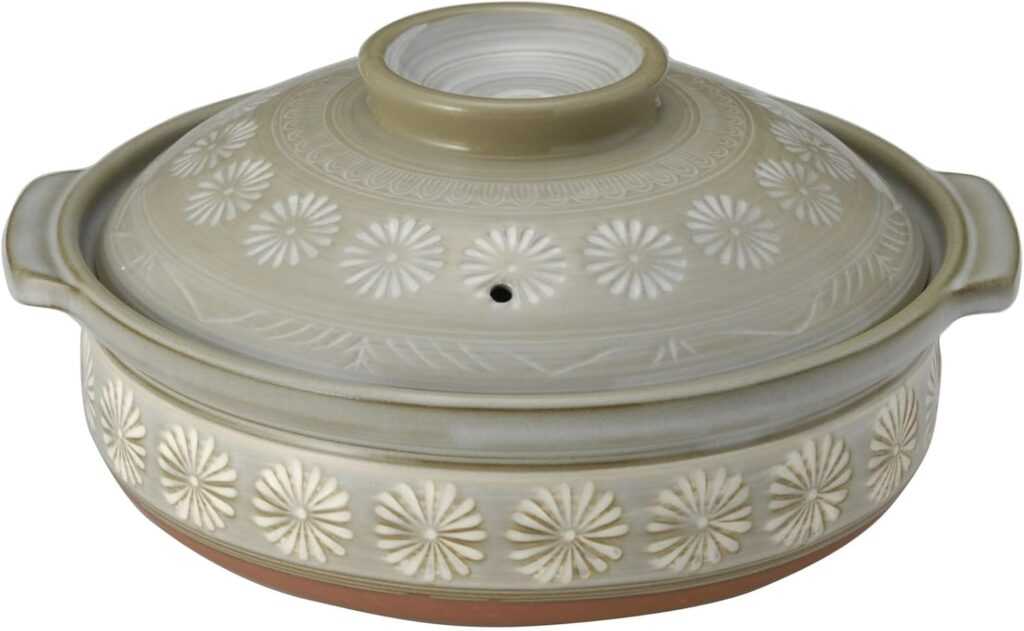
If you’re not using a donabe pot in your kitchen yet, what are you even doing?
This Banko ware deep pot is the definition of cozy cooking. Clay retains heat beautifully, so you can simmer stews, ramen, or shabu-shabu right at the table. Honestly, it turns dinner into a whole experience.
Here’s Why I Swear By It:
- Traditional Banko ceramic craftsmanship.
- Deep design serves 4-5 people comfortably.
- Retains heat like a champ.
Use it once, and you’ll understand why people in Japan pass these pots down like family heirlooms.
IMO: It’s not just a pot—it’s an investment in winter happiness.
7. Sharp Pebble Orange Ninja Knife Sharpener
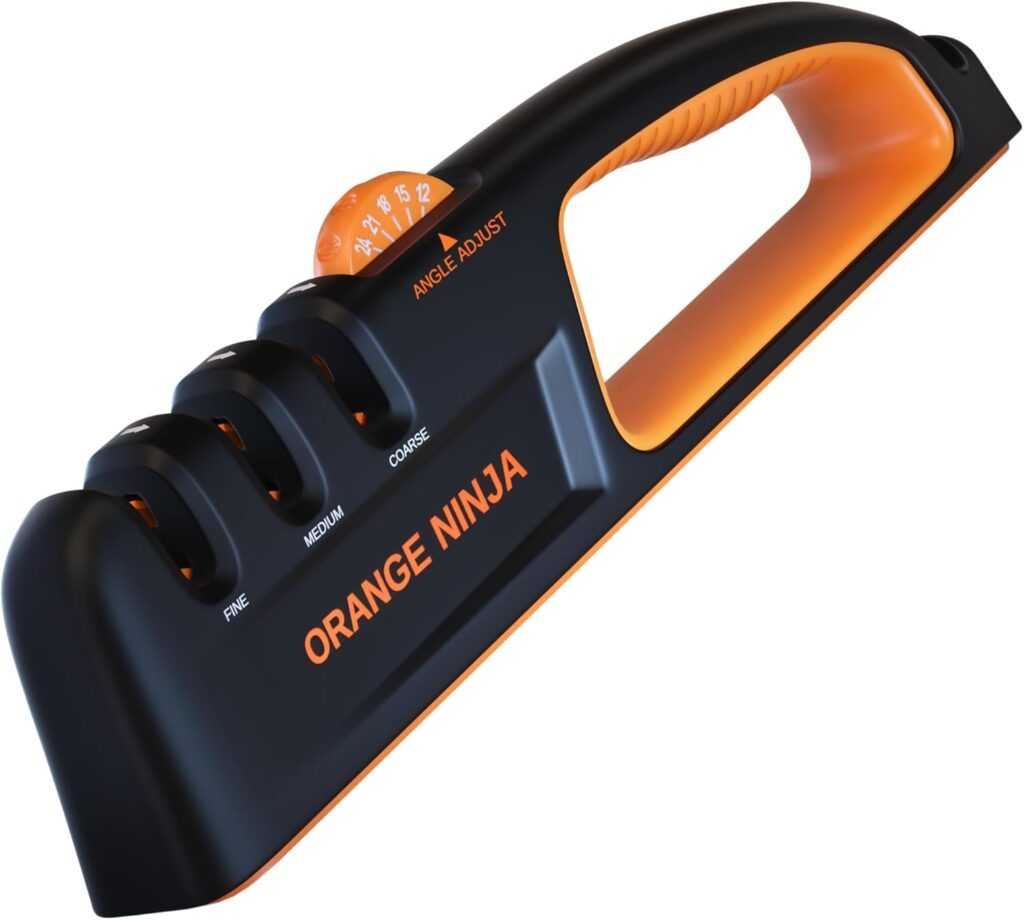
You can’t talk about Japanese kitchen ideas and ignore knife culture. But let’s face it—most of us forget to sharpen our knives until they’re basically butter spreaders.
This handheld knife sharpener is the hero you didn’t know you needed.
What Sets It Apart:
- Five adjustable angles: Sharpen like a pro, even if you’re totally guessing.
- Compact and grippy: Doesn’t slide all over the place like the cheap ones.
- Works on all types: Chef’s knives, pocket knives, even your sad bread knife.
Not gonna lie: I felt way too cool sharpening my knives with this. Like some sort of orange ninja chef hybrid.
Final Thoughts: Kitchen Zen, Achieved
So there you have it—seven Japanese kitchen ideas that go way beyond “buy a bamboo spoon and call it a day.”
Each of these items brings something special to your cooking game: style, function, and that understated wow factor Japanese design does so well.
Whether you’re sipping tea from a handcrafted bowl, frying up crispy karaage, or just admiring your cat-themed noren curtain—your kitchen deserves to feel good, not just work hard.
Now go ahead—pick one (or all seven) of these gems and give your kitchen the glow-up it’s been silently begging for.
And hey, if your friends start complimenting your “vibes,” just smile and pretend you’ve been this cultured all along!
What Makes Japanese Kitchens Unique?
Japanese kitchens embrace minimalism and thoughtful design. Every element serves a purpose, from materials to tool storage.
These kitchens highlight natural textures, soothing colors, and smart space-saving ideas. They foster a serene environment that promotes mindful cooking and tidy living.
Are Japanese Kitchen Items Practical for Everyday Use?
Many Japanese kitchen items blend beauty and utility. A handcrafted donabe pot or a precise knife sharpener can enhance your daily routines.
These tools are also very durable. They use high-quality materials that last a long time, making them smart investments.
How Do I Start Incorporating Japanese Design in My Kitchen?
Start small. Replace plastic containers with wooden bowls or hang a noren curtain at your kitchen doorway. Each change adds Japanese style without a full remodel.
Choose items that are functional and calming, like a tea canister or a Hinoki cutting board. Small upgrades can greatly enhance your kitchen’s overall feel.
What Is a Donabe Pot, and Why Should I Use One?
A donabe pot is a traditional Japanese earthenware pot. It’s used for hot pot dishes, stews, and soups. This pot retains heat well, making it perfect for cooking at the table with others.
Using a donabe creates a warm, family-style vibe. It also adds authenticity to your meals. Plus, it keeps food warm long after you take it off the stove.
Do I Need Special Maintenance for These Kitchen Items?
Most Japanese kitchen items need simple care. Just avoid dishwashers and handle wooden or ceramic surfaces gently. For example, wooden bowls need occasional oiling to keep their shine.
With a little extra care, your items will last longer and stay beautiful. Their durability is one reason they are loved around the world.
